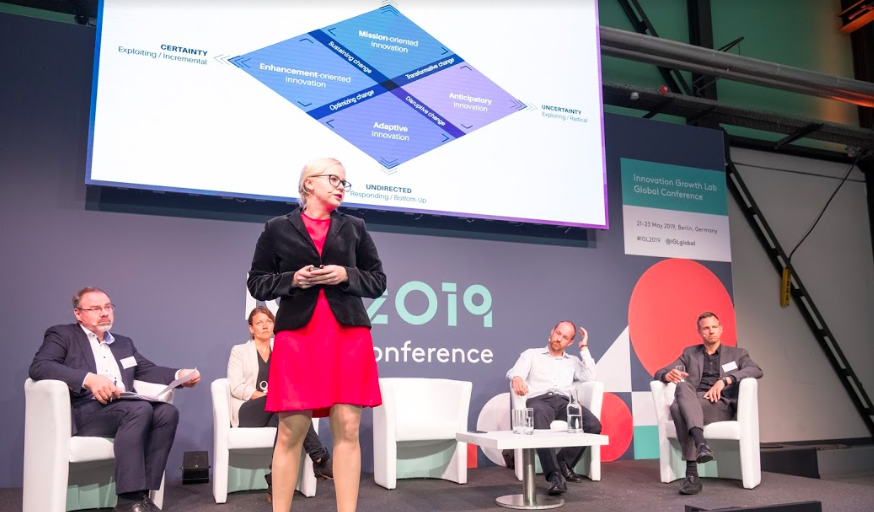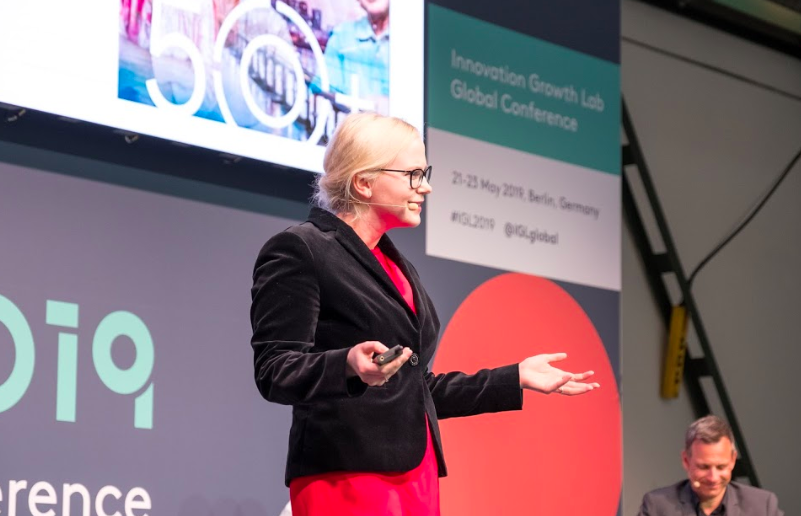
Blog
Driving innovation and experimentation in government from a systems perspective: not only what and how, but why
14 June 2019
Is there anyone left that thinks governments should continue as they are? That work is somehow going to slow down and we can go back to a stable environment? Wish as you might, this is not the context we live in anymore and governments have to adapt. Not only in their policies (what), but how they create policies.
There is a cornucopia of blogs and reports proposing new approaches to policy design and governance. From missions to agile governance, to methods-led approaches (strategic design, systems thinking, experimental futures, wisdom of crowds and co-creation etc). Even the author of this blog – at times, begrudgingly – has written some of these. Some approaches remain hype, others become passing fads and fashions, and even fewer are integrated fully into policymaking itself. Why can we not systematically reform our government, adopt an agile or experimentation-oriented approach, get to the real work on innovation and be done with it?

If indeed, things would be so simple. Does government need to be more agile? Yes. Should we experiment more when faced with uncertainty? Of course. Should we consult lead users and take a more human centred approach to innovation? Undoubtedly. Should we not only work at the margins, but adopt systemic solutions for burning societal problems? Yes, yes, yes.
The question is not only how, but also why. What is the underlying intent for change and when are specific tools and methods appropriate? Only answering this will help drive change in governments more systematically.
Innovation is driven by different forces: it radically challenges existing paradigms in a very uncertain space; it also helps to make existing products, services and processes better; it helps to solve burning challenges, but it also picks up bottom-up signals and adapts to them. If you recall, Schumpeter has already described this in his Mark I and Mark II approaches: at different times different players (large and small) are in the driving seat of change and they have very different incentives and motivations to innovate.
Working at the Observatory of Public Sector Innovation, we have worked on this issue for quite some time and have described this through our innovation facets model. There need to be different strategies to drive different types of change processes.
If we understand these different goals as why we innovate, it is easy to start to see that different methods and approaches drive different types of outcomes (enhancement, missions, adaption, anticipation). For example, agile methodologies applied consistently are very good for adaptive change; while design approaches (at the moment) tend to support enhancement and adaption at best.
So, where does experimentation fit in? Large-scale strategic experimentation and experimenting with alternative futures can support anticipation. Smaller exploration, as part of room to roam and learn – adaption. Experiments for purpose driven change – missions. All of these different forms of experimentation need to be supported differently. The reality is that they have to be designed in accordance with what you want to see happen. Otherwise, these approaches start to function as the dominant feedback system wants them to function.
Systemic integration of tools and methods requires intent. It requires countervailing powers and mechanisms to work against existing path dependencies. All systems, thus far, have been partial in their approach, or disconnected in understanding the intent they have to fulfil. So the next step in innovation policy governance is to look at why, what and how together to build working strategies of change.
At the Observatory we have started this work together with countries looking into the diverse innovation portfolios of governments. First, showing what types of innovation current innovation support measures and governance approaches spur on, and then changing the latter depending on the type of change we want to see.
